We encourage readers to explore AIATSIS for a national context and a detailed exploration of First Nations history. As this page relates to experiences of Indigenous people with the Parliament, the timeline commences at 1836. However, First Nations people and their cultural history date back over 65,000 years. We recognise that cultural systems of governance existed long before the Parliament of South Australia.
Aboriginal and Torres Strait Islander viewers are advised that this page contains images of deceased persons. Images sources have been included.

Letters Patent
Image Credit: State Records of South Australia
1836
The Letters Patent establishing the Province of South Australia were signed on 19 February, 1836, by King William IV. The document fixed the boundaries of the new colony, and concluded with:
Provided always, that nothing in these our letters patent contained shall affect or be construed to affect the rights of any Aboriginal Natives of the said Province to the actual occupation or enjoyment in their own Persons or in the Persons of their Descendants of any Lands therein now actually occupied or enjoyed by such Natives.
These words were the result of negotiations between the Colonial Office, which administered Britain’s colonies (and believed that Aboriginal people had proprietary rights to land) and those planning to establish South Australia (who argued that Aboriginal people did not ‘occupy’ the land in a way that would be recognised by British institutions). The first of the South Australian Company’s ships, the John Pirie, set sail for South Australia just three days after the Letters Patent were signed. Colonisation proceeded with little regard for the words of the Letters Patent relating to Aboriginal rights to land. The Letters Patent remain a source of discussion and controversy.

Encounter Bay 1844
Image Credit: AGSA
1844
South Australia is the first place in Australia to accept evidence from Indigenous people in courts of law.
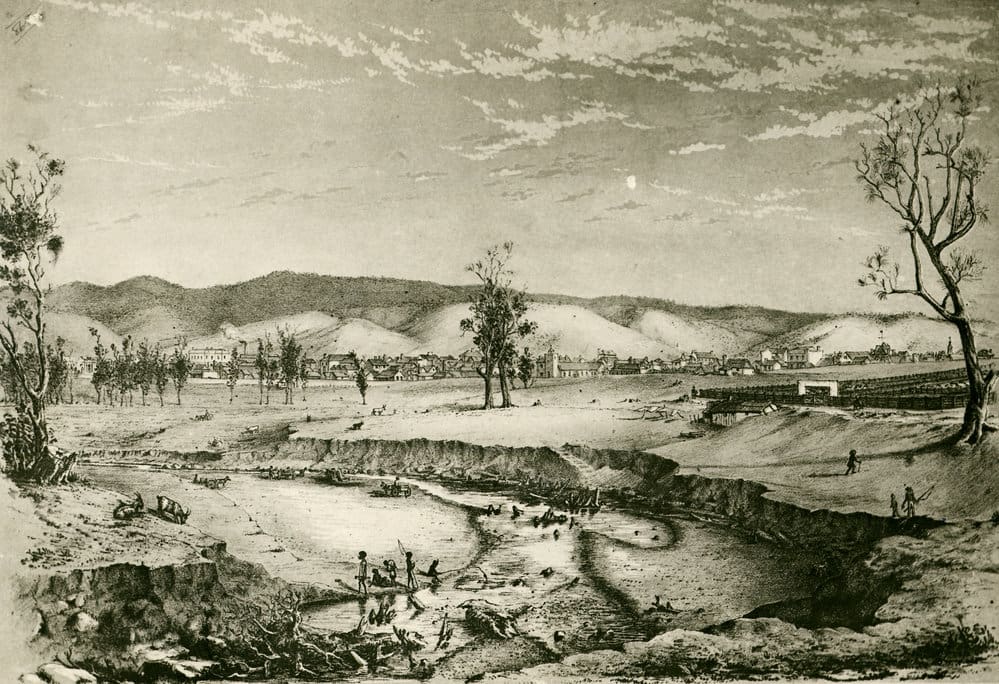
1850s Adelaide
Image Credit: State Library of SA
1857
The South Australia Constitution Act 1856 provided South Australia with representative democracy, and a government responsible to an elected parliament. The new Constitution allowed all men over the age of 21, including Indigenous men, to vote for the lower house (House of Assembly) using a secret ballot. While Indigenous men were eligible, they still faced many barriers to participating in SA’s democracy.
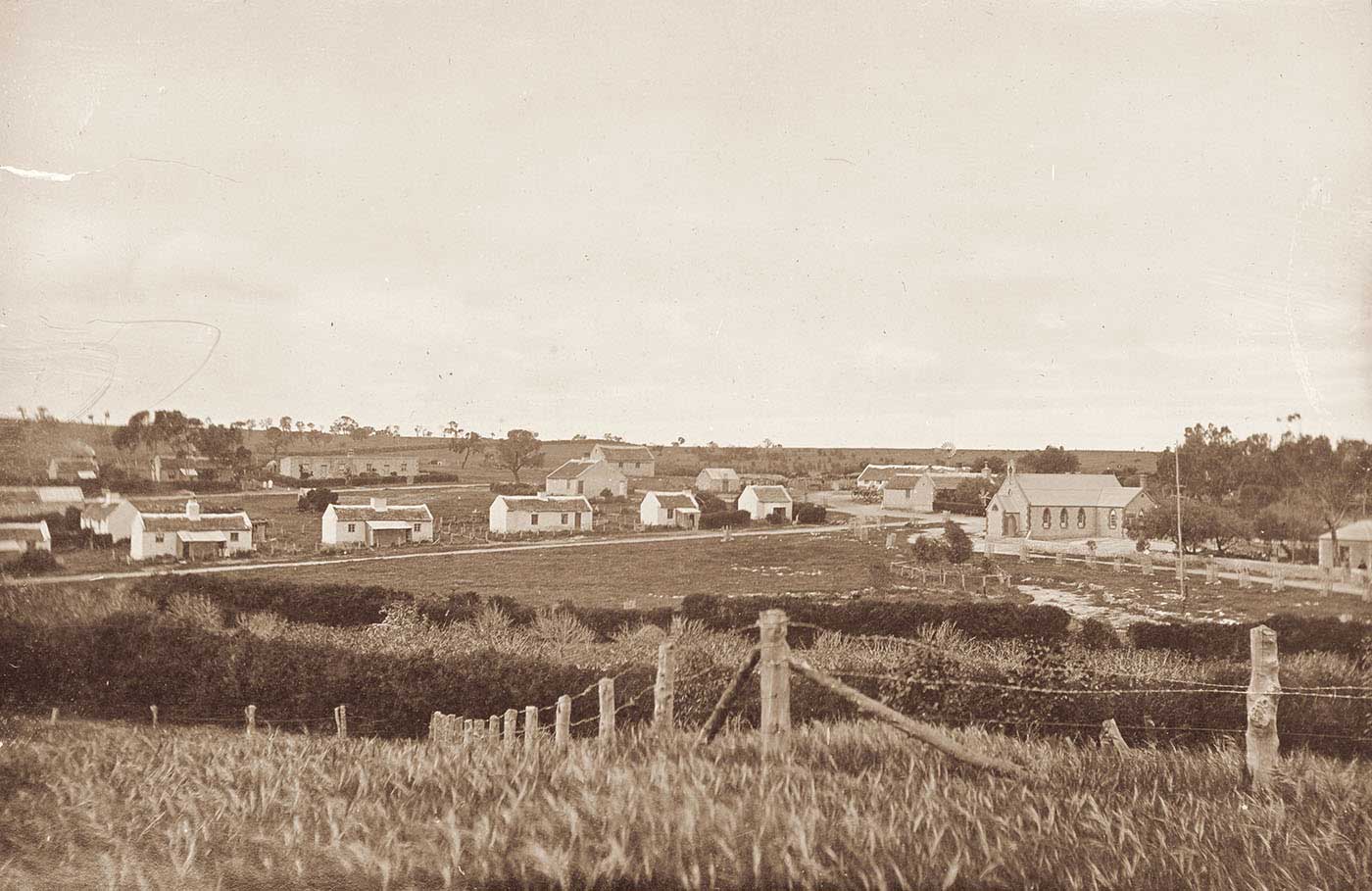
Point McLeay
Image Credit: State Library of SA
1894
In 1894 when women got the right to vote in SA, Indigenous women were included. At the Ngarrindjeri mission at Point McLeay, a number of Indigenous women insisted on enrolling on the electoral roll and voting in the 1896 election, even though they were actively discouraged by the manager of the mission. There were more than 100 people on the rolls, and more than 70 of them voted that year.
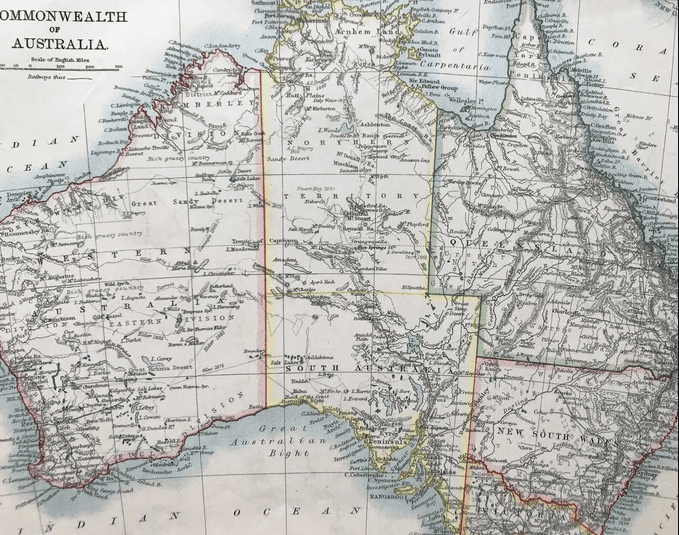
Map at Federation
Image Credit: Contact us for credit
1901
At the first Federal election over 29 and 30 March 1901, anyone eligible to vote for the lower house in each state parliament was eligible to vote for both the Senate and the House of Representatives. SA was successful in ensuring women and Indigenous men and women could continue to vote.
In practice very few Indigenous people were on South Australian electoral rolls as they either did not meet the residential requirement of residing at one address for enough time, and had not been encouraged to enrol. Most were not aware of their rights.
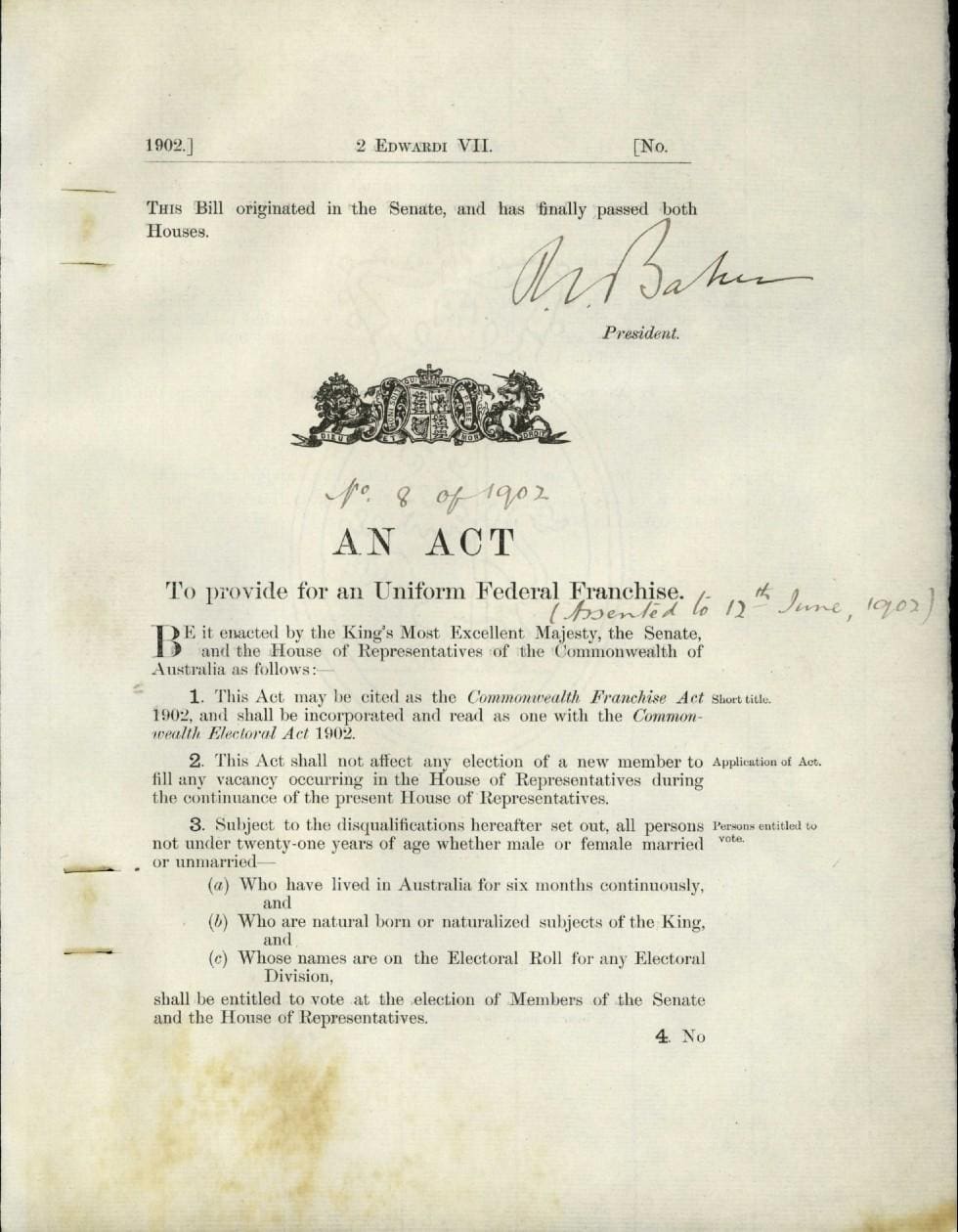
Commonwealth Franchise Act 1902
Image Credit: National Archives of Australia
1902
In 1902 the Federal Parliament passed the Commonwealth Franchise Act 1902 which granted white men and women the right to vote. Indigenous people were excluded from this right unless they could already vote before 1901.
This should have protected the voting rights of Indigenous people in South Australia, as they could already vote. But over the years, debate on the meaning of these laws, and decisions of electoral officials, resulted in many Indigenous people losing their right to vote in Federal elections.
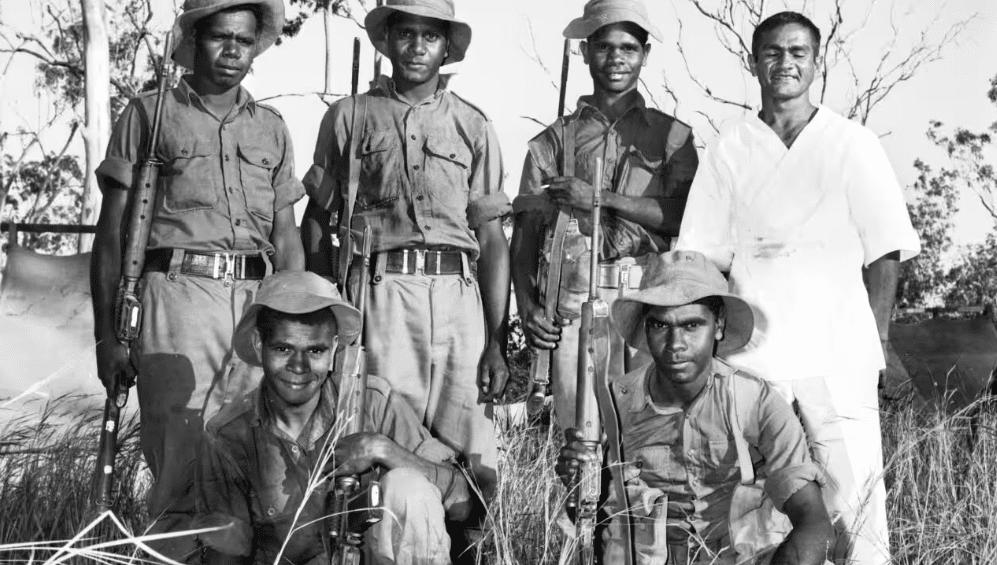
Aboriginal soldiers
Image Credit: National Archives of Australia
1949
In March 1949 Prime Minister Ben Chifley introduced an amendment to the Commonwealth Electoral Act 1918. This extended the right to vote in federal elections to any Indigenous person who had been a member of the defence forces.
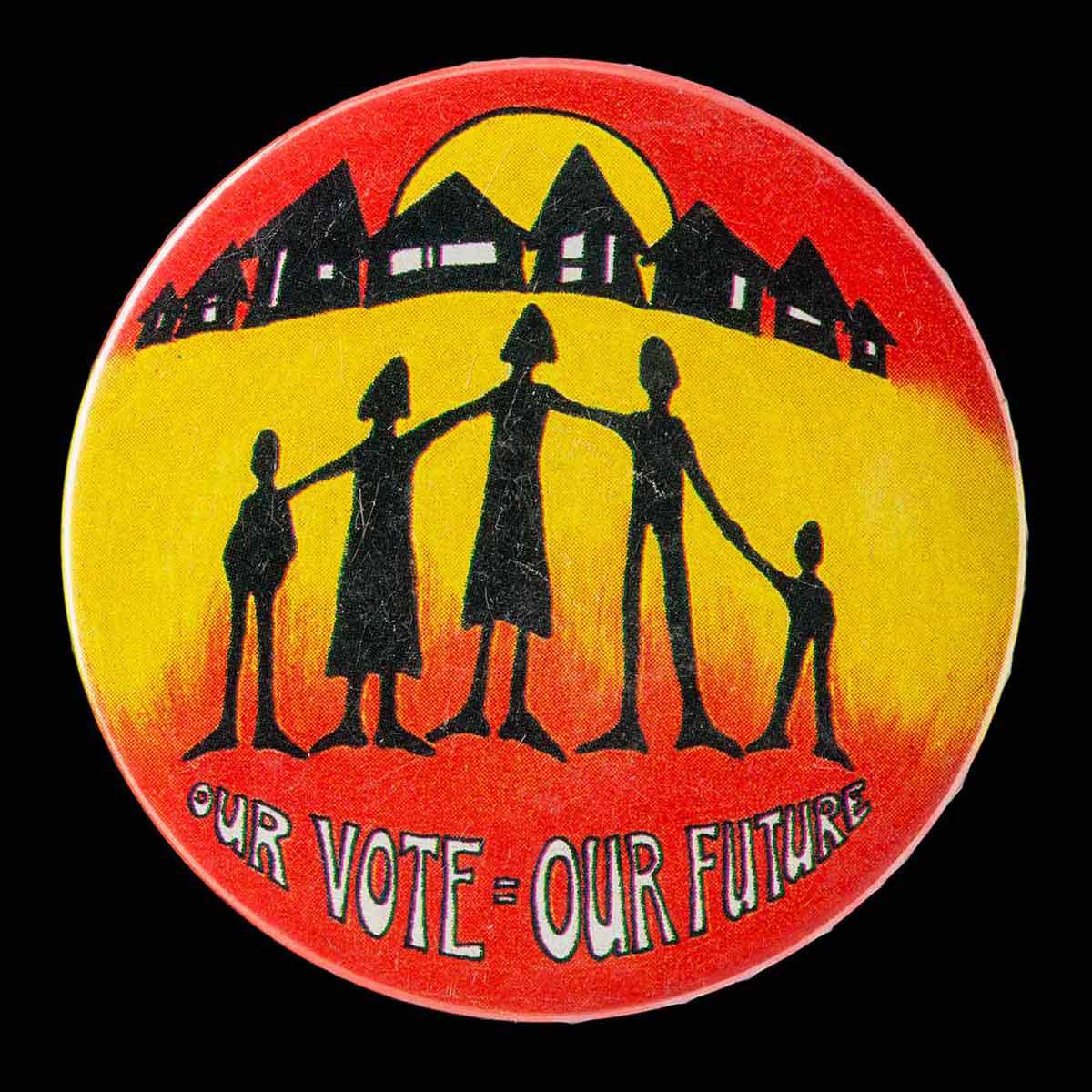
Campaign pin
Image Credit: National Museum of Australia
1962
The Commonwealth Electoral Act was amended in 1962 to grant all Indigenous people the vote. Enrolment was voluntary but once enrolled, voting was compulsory.

Aboriginal Affairs Act
Image Credit: Parliament of South Australia
1966
In 1966 the Aboriginal Affairs Act repealed many regulations that restricted the civil liberties of Indigenous people, including their right to mix with non-Indigenous people.
An Aboriginal Lands Trust was set up to hold lands acquired for Aboriginal people.
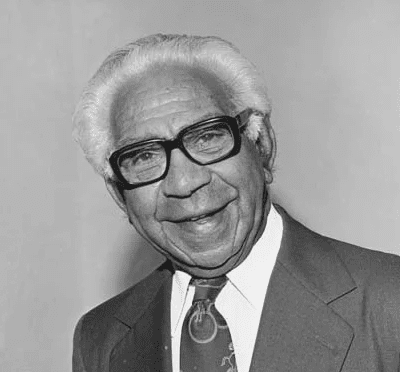
Sir Douglas Nicholls KCVO OBE
Image Credit: Contact us for credit
1976
In 1976 Sir Douglas Nicholls KCVO OBE was appointed Governor of South Australia, and became the first Aboriginal Governor in Australia.
The Pitjantjatjara Land Rights Act established inalienable freehold title for Pitjantjatjara and Yankunytjatjarra peoples, covering over 100,000 km of their land.
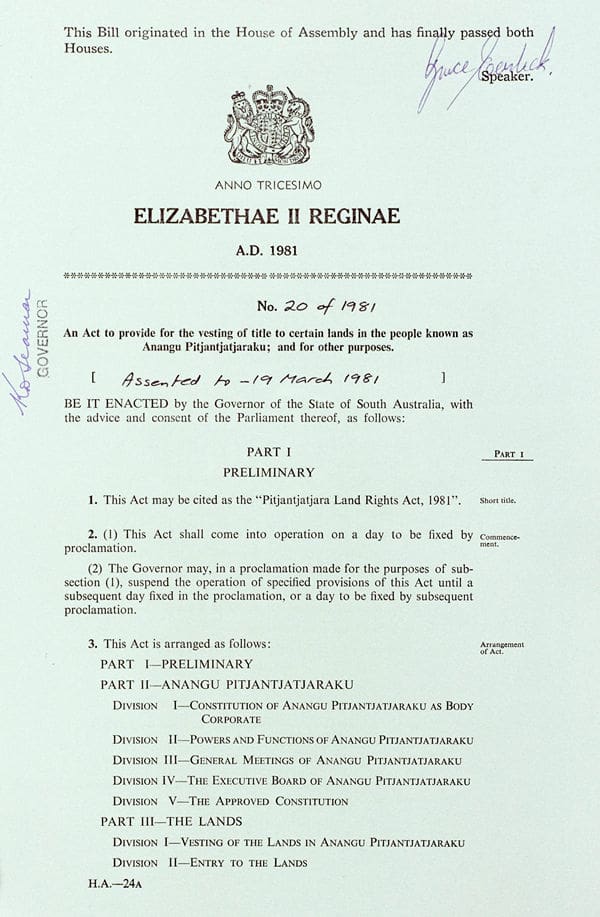
Anangu Pitjantjatjara Yankunytjatjara Land Rights Act
Image Credit: Contact us for credit
1981
In 1981 the Anangu Pitjantjatjara Yankunytjatjara Land Rights Act recognised the traditional rights of the Pitjantjatjara people to their lands. This gave rights well before of any where else in Australia.
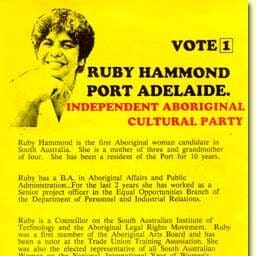
Campaign flyer
Image Credit: State Library of SA
1988
In 1988 Ruby Hammond became the first Indigenous candidate for a seat in the Parliament of South Australia.
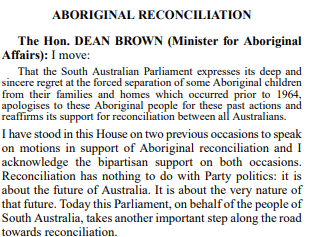
Excerpt from Hansard, 28 May 1997
Image Credit: Parliament of South Australia
1997
The Parliament of South Australia was the first jurisdiction with a Government motion in both Houses apologising to the Stolen Generations with bipartisan support.
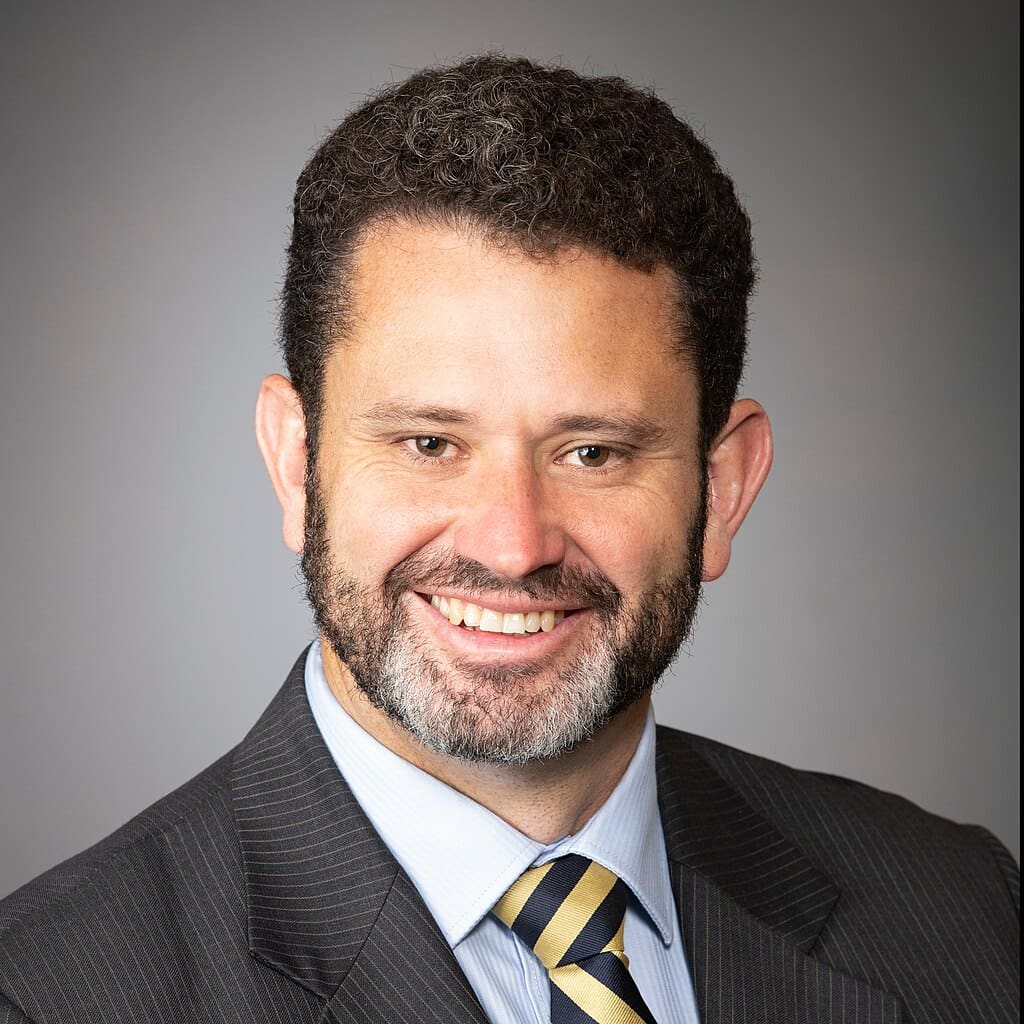
Hon. Kyam Maher MLC
Image Credit: Parliament of South Australia
2012
In 2012 the Hon. Kyam Maher MLC became the first Aboriginal Member of the Parliament of South Australia.
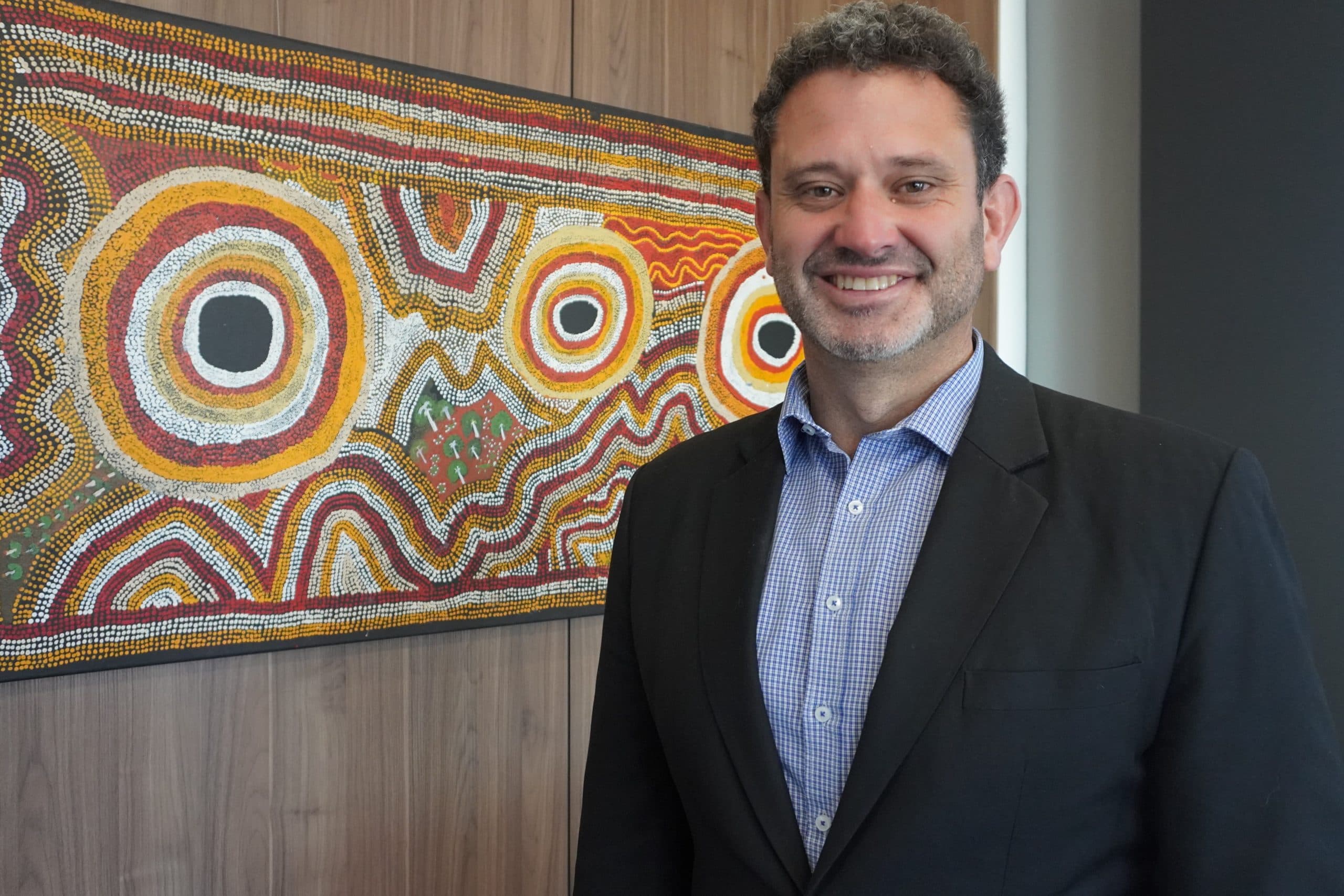
Hon. Kyam Maher MLC
Image Credit: Hon. Kyam Maher MLC
2022
In 2022 the Hon. Kyam Maher MLC became the first Aboriginal Attorney General in Australia. He also took on the role of Minister for Aboriginal Affairs and Industrial Relations and Public Sector.
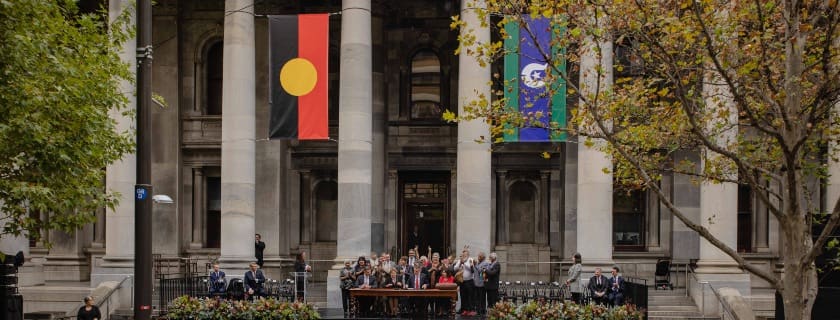
Royal Assent to the First Nations Voice Bill on the steps of Parliament House
Image Credit: Department of Premier and Cabinet
2023
In 2023 the Parliament of South Australia passed the First Nations Voice Act, and established Australia’s first Voice to Parliament for First Nations People in SA. Learn more.

First Nations voice regions map
Image Credit: ECSA
2024
In 2024 the first elections for the First Nations Voice to Parliament were conducted. Learn more.
